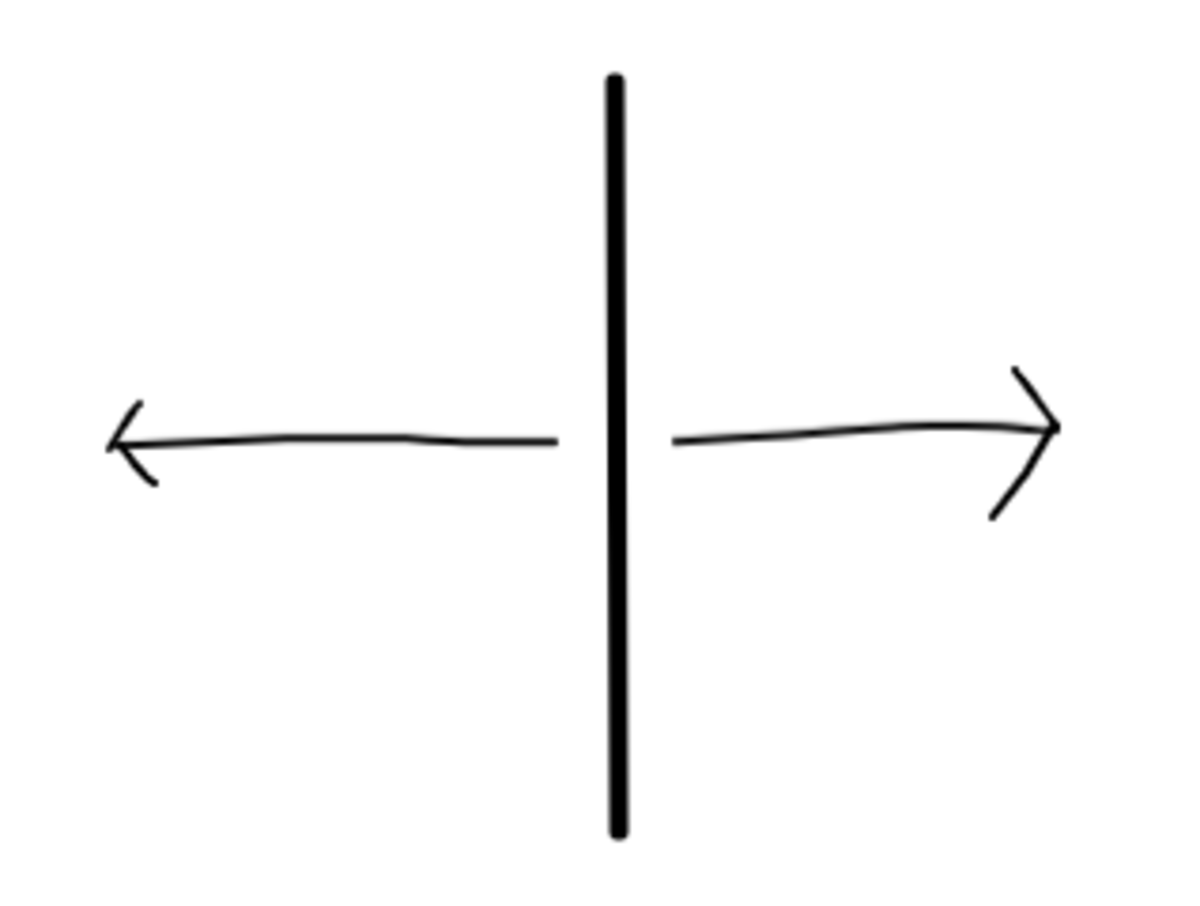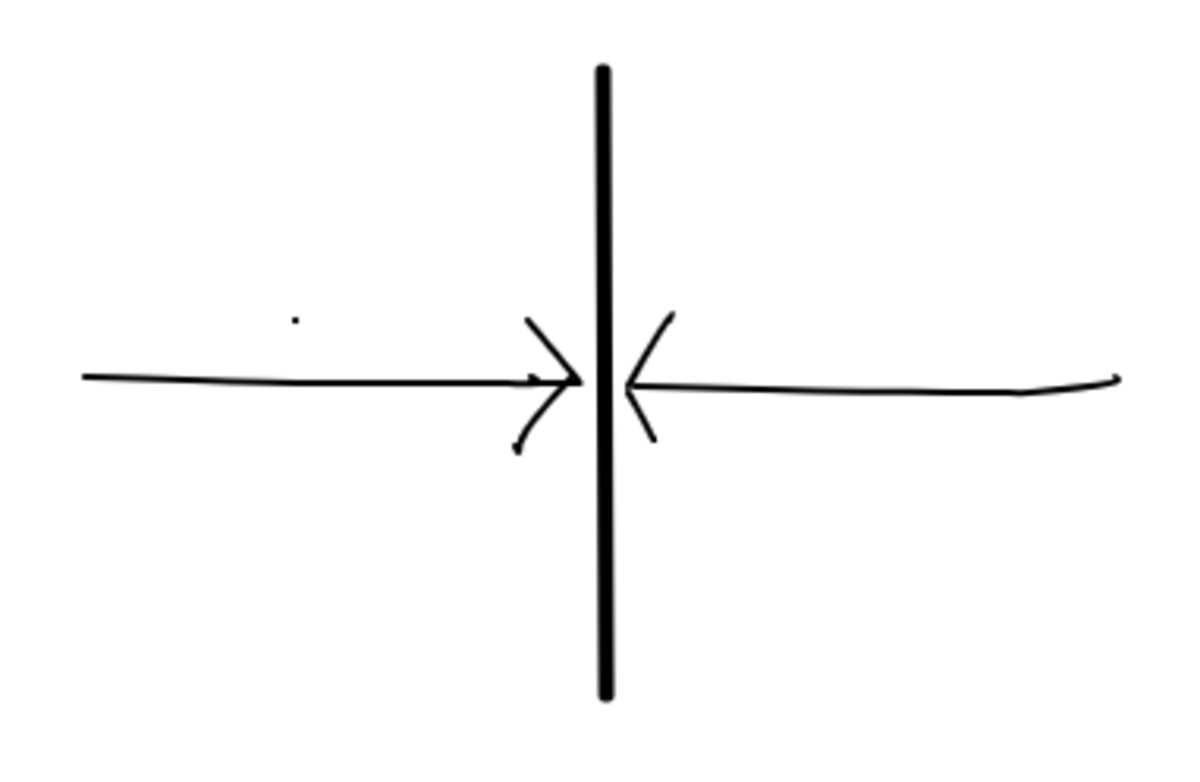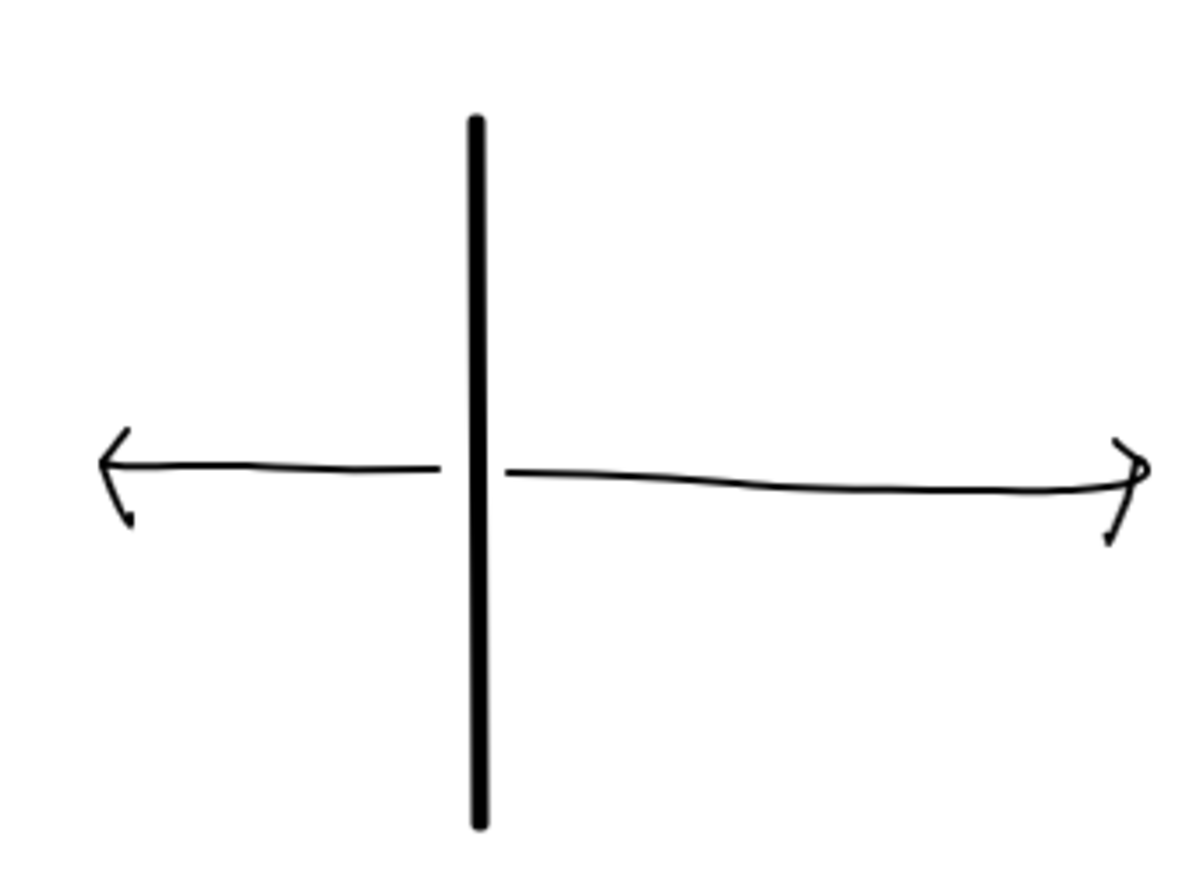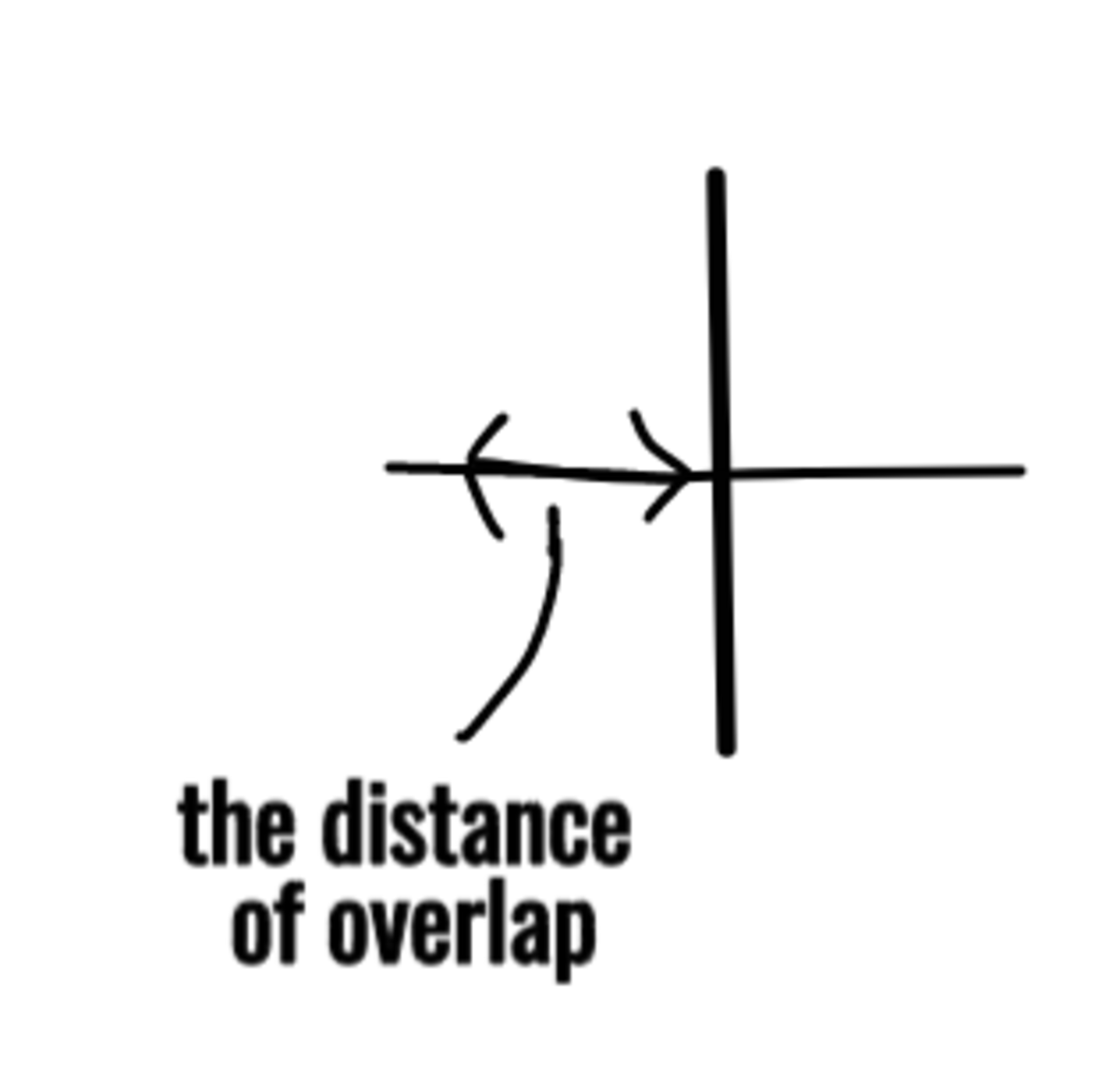Equal But Opposite
Suppose two vectors and have the same magnitude but have opposite directions. What is ?
This section requires Javascript.
You are seeing this because something didn't load right. We suggest you, (a) try
refreshing the page, (b) enabling javascript if it is disabled on your browser and,
finally, (c)
loading the
non-javascript version of this page
. We're sorry about the hassle.




If u has the same magnitude as v but is in the opposite direction v , then u = − v .
Therefore, u + v = 0 .